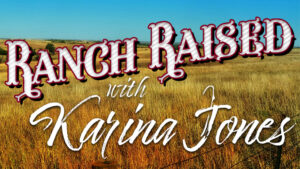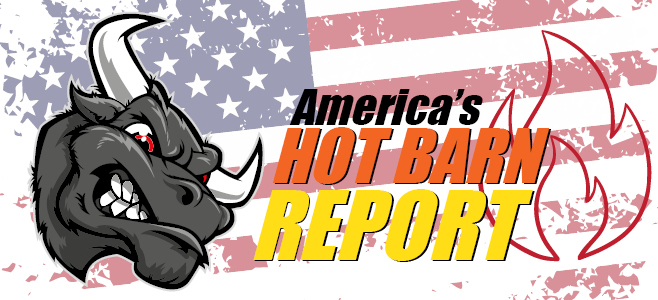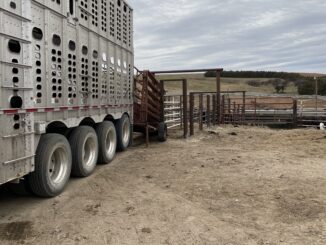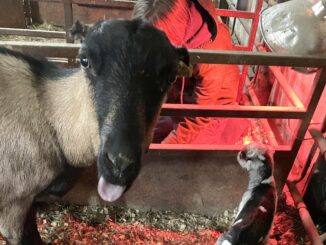

From Washington with Karina Jones is brought to you by BillionAuto.com one of the nation’s largest automotive websites!
Karina Jones is a real-life ranch wife in the Nebraska Sandhills, former Field Director for R-CalfUSA and one of the most highly sought-after speakers in the cattle industry nationwide!
Good day everyone in farm and ranch country. By now everyone is getting in to the swing of the new year but USDA recently released their “America’s Farms and Ranch at a Glance for 2023” and I think it is worth a glance from all of us.
While the body of the document and study had some positive analysis of some micro data coming out of rural America, there were some larger trends that I found to tell a bigger part of the story.
“While total household income from off-farm sources, on average, increased from 2021 to 2022 for all farm types except midsize and very large family farms. This year-to-year increase was largely due to an increase in average earned off-farm income sources, such as self-employment and wage/salary jobs.
About 84 percent of all U.S. farm households earn the majority of their total household income from off-farm sources and often use off-farm income to cover some portion of farm expenses. As farm size increases, the percentage of households relying on off-farm income does seem to decrease. While self-employment and wage/salary jobs are the primary sources of off-farm income for farm households, unearned off- farm income sources provide a significant share of off-farm income relative to total off-farm income. This was particularly true for low-sales and retirement farms.
The shares of farms receiving Government payments by farm type are similar to their contributions to the total value of U.S. agricultural production. Midsized and large-scale family farms accounted for 71 percent of the total value of production and received 78 percent of countercyclical-type payments and 64 percent of all other payments mostly due to the fact that these farms account for the bulk of row and grain crop production.
Overall, 25 percent of all farms reported receiving some type of Government payment in 2022, a decline from 34 percent in 2021 and 40 percent in 2020. The decline is largely due to the tapering off of Coronavirus (COVID-19)-related assistance payments, such as the USDA’s Coronavirus Food Assistance Program in 2021.
Overall, 13 percent of U.S. farms participated in Federal crop insurance programs, but participation rates varied widely across commodity production. In 2022, 62 percent of farms producing row crops (cotton, corn, soybeans, wheat, peanuts, rice, and sorghum) purchased Federal crop insurance. In contrast, 9 percent of farms growing specialty crops, such as fruits, vegetables, and nursery crops, purchased Federal crop insurance.
Although midsize and large-scale family farms made up 9 percent
of all U.S. farms in 2022, these farms accounted for 42 percent of Federal crop insurance participants, 67 percent of all harvested crop- land acres, and received 80 percent of indemnities from Federal crop insurance. These family farms were also the most likely to participate in Federal crop insurance.”
That’s all I have for today. Come back next week for more ag news from our nation’s capital.
To access the entire report, click here: https://www.ers.usda.gov/webdocs/publications/108074/eib-263.pdf?v=1745.1
Have you checked out the Your Ag Network app or website? When you need up to date markets and ag news, it is your one stop shop with a full menu of ag information.

Karina ranches with her husband, Marty, and 4 children near Broken Bow, NE. She grew up in western NE, with roots also in southwest SD. The cattle industry and raising kids is her passion.
Tune in Fridays on The Hot Barn Report, where she deep dives into cattle industry issues and highlights industry reforms or listen to Ranch Raised with Karina Jones a slice of daily life on the Jones Ranch.







